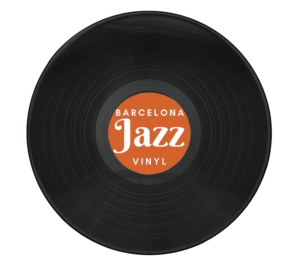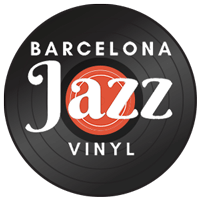Vinyl Records
Where it began
Vinyl’s conception takes us to the creation of the phonautograph by Édouard-Léon Scott in 1857. While Scott’s invention recorded sound in the form of visual wavelengths and frequencies, there is no evidence to suggest he used the information to reproduce the sound.
It was only in 1877 when the phonograph was invented by Thomas Edison that sound could be both recorded and reproduced.
Edison initially used tinfoil over a grooved metal cylinder. A sound-vibrated stylus would leave indents in the tinfoil when the cylinder was rotated, which could be played back immediately. Later Edison would use a hollowed wax cylinder instead of tinfoil.
Recording
Early recording was done entirely acoustically by collecting sound from the horn, which was then piped to a diaphragm which in turn vibrated the cutting stylus. The acoustic recording technique proved difficult for musicians, with singers needing to nearly put their face in the recording horn to be audible.
Stronger sounding instruments were often used in place of those which weren’t easily heard on records. For example, Stroh violins were often used rather than standard violins.
In 1925 recording technology was advanced by Western Electric, whose engineers established the capturing of sound with a microphone and using vacuum tubes as an amplifier.
Photo: Acoustical Recording | National Jukebox LOC.gov © Robert Baumbach
Vinyl revival
After decades of music seemingly disappearing into a computer hard drive, January 2017 reported the highest number of vinyl sold since 1991. In 2016 vinyl had reached a 25-year high, with more than 3.2m LPs sold.
2016 was the ninth consecutive year vinyl had grown, with 2m LPs sold in the UK in 2015. In 2014 vinyl was the only physical format of music that had increasing sales from its previous year. UK sales had increased five-fold between 2009 and 2014.

